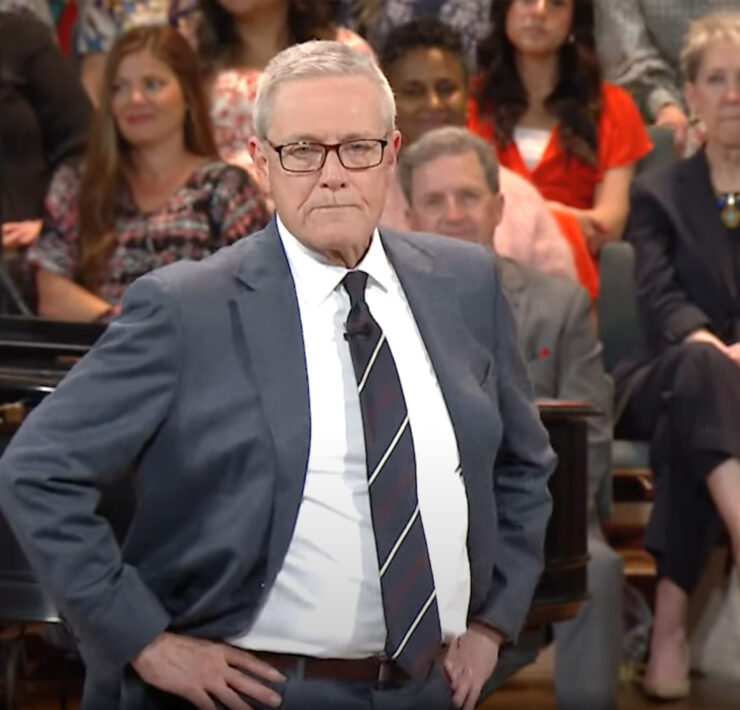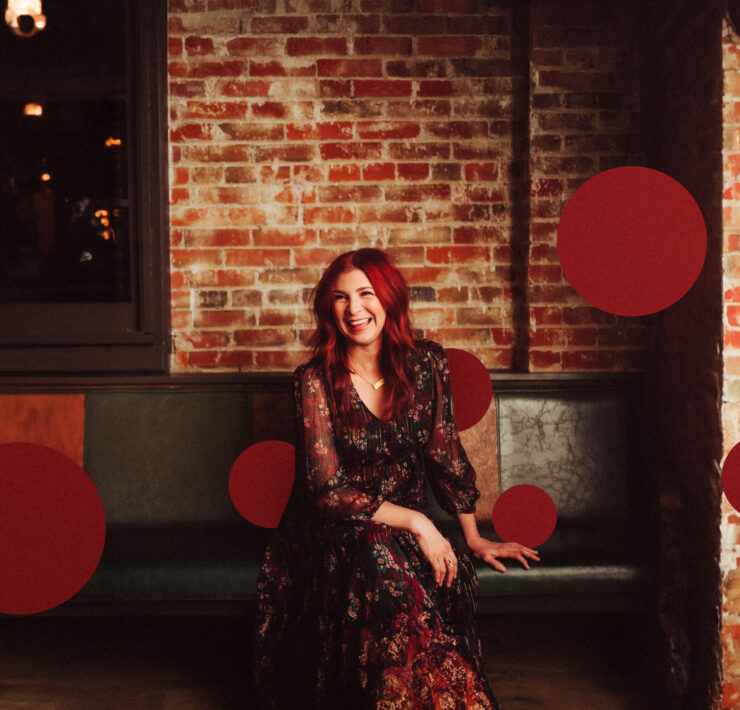It’s become abundantly clear that a post-racial America is only a dream and that more work needs to be done in order to work toward equality. One of the central problems — maybe the problem — is that the American experience is different across races and cultures. And let’s be honest, equality won’t happen without people actively searching for information and educating themselves about why race in this country is the way it is. Without working for understanding nothing may ever change.
These five books, all of varying topics, touch on race in the United States and the Black experience. Reading them will help you understand what the Black experience looks like in this country.
Souls of Black Folk – W.E.B. Du Bois
More than 110 years after its initial publication, this book continues to be a tentpole of African-American sociology, literature and analysis. It’s made up of several essays and introduces the concept of the “double consciousness,” which he calls “a sense of always looking at one’s self through the eyes of others, of measuring one’s soul by the tape of a world that looks on in amused contempt and pity.” For women and members of other marginalized groups, the number of consciousnesses only increases.
Du Bois also talks about the “veil,” saying that Black people’s experience happens behind a veil and without that veil being lifted to some extent, White people will never understand what it means to be Black in this country.
Published less than 40 years after the abolition of slavery, Du Bois called for better education for Black people that would afford them more opportunities and he analyzed the stereotypes attributed to Black people — specifically laziness, being violent and stupid in a work that remains as important as it was when it was published.
The Fire Next Time – James Baldwin
This short book came out in 1963, just as the Civil Rights movement was really beginning, and it didn’t pull any punches. Broken up into two parts, the book invokes the lyrics of a Negro Spiritual, “Mary Don’t You Weep” in its title: God gave Noah the rainbow sign / No more water but fire next time.
The first part is a letter to Baldwin’s nephew, in which he attempts to explain what it really means to be Black in America in the early ‘60s.
You were born into a society which spelled out with brutal clarity, and in as many ways as possible, that you were a worthless human being. You were not expected to aspire to excellence: You were expected to make peace with mediocrity.
The second, longer essay is about Baldwin’s personal experience with Christianity as a teenager in Harlem. Baldwin started his journey as an excited Christian, but slowly becomes disillusioned by the experience as he gets older. He sees the way White Christians historically used Christianity to oppress Black people, beginning with slavery.
The Africans put it another way: When the White man came to Africa, the White man had the Bible and the African had the land, but now it is the White man who is being, reluctantly and bloodily, separated from the land and the African who is still attempting to digest or vomit up the Bible.
Baldwin makes it clear that ending white supremacy could only be accomplished not through forcing Black people into the standards of White people, but by setting forth true measures of equality for society.
The only thing White people have that Black people need, or should want, is power — and no one holds power forever. White people cannot, in the generality, be taken as models of how to live. Rather, the White man is himself in sore need of new standards …
Between the World and Me – Ta-Nehisi Coates
This book stands as one of Coates’ defining works, and it was inspired by Coates’ reading of Baldwin’s The Fire Next Time. Written as a letter to his 15-year-old son, Coates takes on the same style as Baldwin as he tells him what to expect as a Black man growing up in the United States, albeit more than 50 years later.
Coates talks to his son with a realism that borders on cynicism, telling him that things may never change, and that he shouldn’t seek out the “American Dream” because it doesn’t exist for Black people. One of the most famous lines: Here is what I would like for you to know: In America, it is traditional to destroy the Black body — it is heritage.”
Later, he writes:
Fear ruled everything around me, and I knew, as all Black people do, that this fear was connected to the Dream out there, to the unworried boys, to pie and pot roast, to the white fences and green lawns nightly beamed into our television sets. But how? Religion could not tell me. The schools could not tell me. The streets could not help me see beyond the scramble of each day. And I was such a curious boy.
Coates poses big questions to his son through this book, but he does not answer them. He leaves the questions unanswered so that the readers and his son could find their own answers and determine how they could create their own American Dream.
Why Are All the Black Kids Sitting Together in the Cafeteria? – Beverly Daniel Tatum
As a professor and parent, Tatum’s book breaks down racial identities into digestible chunks, answering questions like the one posed in the title. Tatum starts very early on by defining and differentiating racism — a system that favors White people — from prejudice —a by-product of racism that maintains white supremacy.
The answer to the title’s question is explained as a normal step in young Black American’s exploring and developing a racial identity, and as that’s happening, they are able to see how racism has personally affected them and begin to oppose whiteness and are immersed deeper into blackness and Black people. Developing a cultural identity doesn’t just split between Black and White people, but also includes other marginalized groups. Tatum also addresses what developing a racial identity looks like for White people and how productive conversations can happen with people from different races to understand each other.
The New Jim Crow: Mass Incarceration in the Age of Colorblindness – Michelle Alexander
Jim Crow laws were pervasive for decades in the United States, legally making Black people second-class citizens and continuing white supremacy. When those laws were turned over, the country essentially went for a “new” form of the old Jim Crow laws: mass incarceration. The system of mass incarceration disproportionately affects Black people — meaning that as only 12-13 percent of the United States population, it is almost impossible for them naturally make up 40 percent of the prison population without the influence of a system.
Alexander talks about how the ball got rolling on the system starting with President Reagan’s war on drugs, which has been revealed to have been just a political strategy to appeal to anxious whites who felt threatened by the progress achieved by the Civil Rights movement. It continues today as private prisons have become a big business in this country and law enforcement is pressured to fill the prisons with people. Because prison is not truly rehabilitating people, life outside of jail is extremely tough and recidivism rates continue to be high.
The Netflix documentary, 13th, drives this point home and features Alexander among other activists and scholars.























